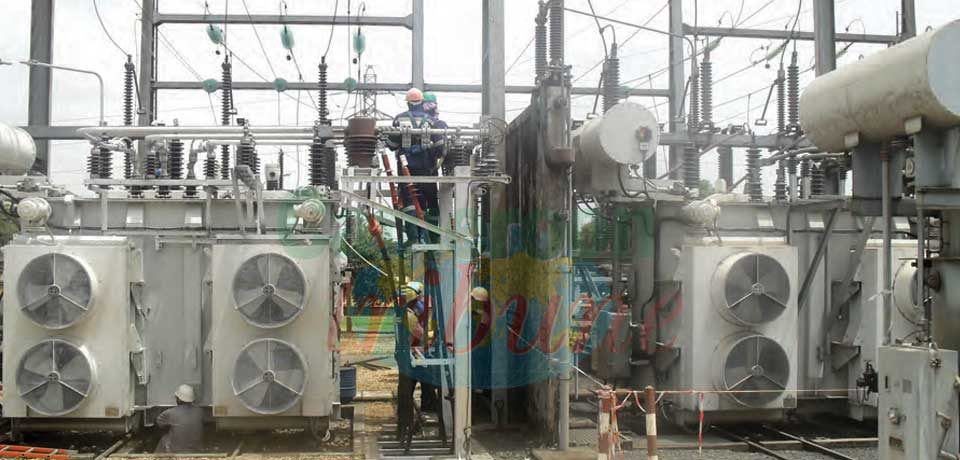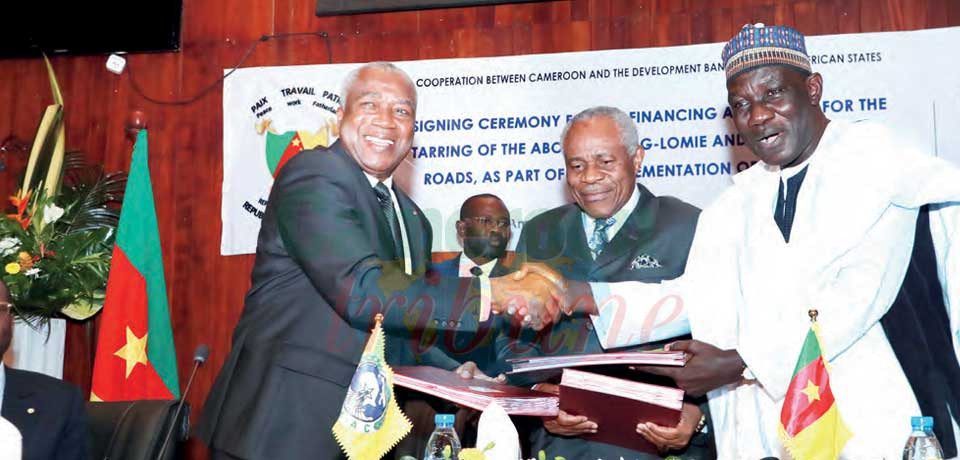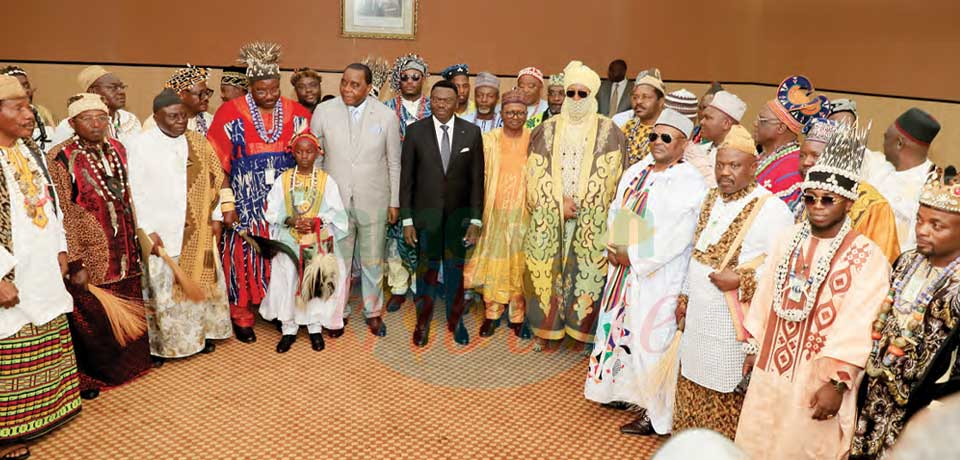Water, Electricity : Path Covered, Surmountable Challenges
- Par Eulalia AMABO
- 13 août 2025 11:00
- Likes

Different initiatives have been put in place, during the last seven years, to ensure that citizens across the country have access to water and electricity, thus stepping up national supply.
There are the two most basic commodities in life. Daily individual and industrial activities revolve around water and energy, with its stable supply having a direct impact on national growth. President Paul Biya is indeed cognisant of the importance of a community having sufficient water and energy supply, that is why in the course of the last seven-year mandate, resources were directed to the construction of hydropower dams and portable water supply projects in the country.
In fact, the speech of President Paul Biya at the National Assembly on November 6, 2018 while taking the oath of office for the current mandate which ends in November, he acknowledged the fact that industry, like agriculture, requires a stable and sufficient energy supply.
“We have been making significant efforts in this sector for some time now. The hydropower dams and plants that we have constructed should enable us, sooner or later, to fully meet the demands of our economy and our population’s energy needs. However, we will not stop at that. We will continue to exploit all available sites and rivers in order to transform Cameroon into a major electricity producer on our continent,” stated President Paul Biya.
In the energy sector, the construction and commissioning of the Nachtigal hydropower project, a 420 megawatt hydroelectric power station took place during the current mandate of President Paul Biya. The hydropower dam provides 30 per cent of the energy needs of the country. Indeed, it is a major project aimed at increasing Cameroon's electricity generation capacity and improving access to clean, affordable energy. The Lom-Pangar hydropower project is another giant energy generation scheme which though kicked started before the commencement of this current mandate, witnessed the commissioning of the power filling station in 2023. This was a huge step to improving energy production for domestic use. However, the main challenge remains the transportation of this generated energy to households.
Still in the energy sector, President Paul Biya said his government will not neglect rural areas as they would gradually be equipped with solar power plants. To match words with action, the Maroua and Guider power plants in the Fra North Region were inaugurated in September 2023 and have a combined capacity of 36 megawatts and equipped with about 20 megawatts battery electricity storage systems. There is also the special project to provide electricity to some 600 localities across the ten regions. The objective of the government under the leadership of Paul Biya is to ensure that there is electricity in every community.
Statistics from the electricity distribution company, ENEO, indicate that an estimated 75 per cent of the population had access to power supply in 2024, with the total i...
Cet article complet est réservé aux abonnés
Déjà abonné ? Identifiez-vous >
Accédez en illimité à Cameroon Tribune Digital à partir de 26250 FCFA
Je M'abonne1 minute suffit pour vous abonner à Cameroon Tribune Digital !
- Votre numéro spécial cameroon-tribune en version numérique
- Des encarts
- Des appels d'offres exclusives
- D'avant-première (accès 24h avant la publication)
- Des éditions consultables sur tous supports (smartphone, tablettes, PC)














Commentaires